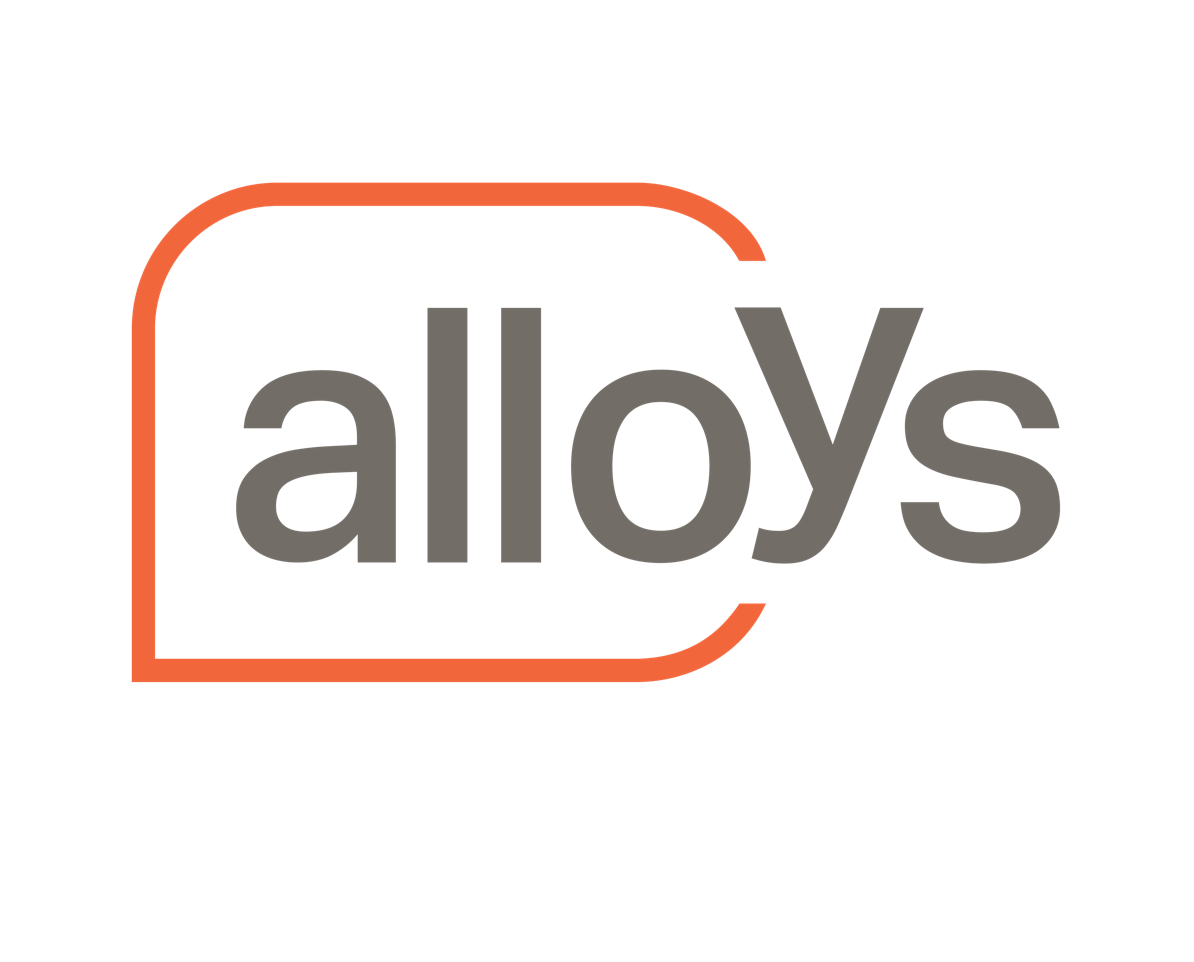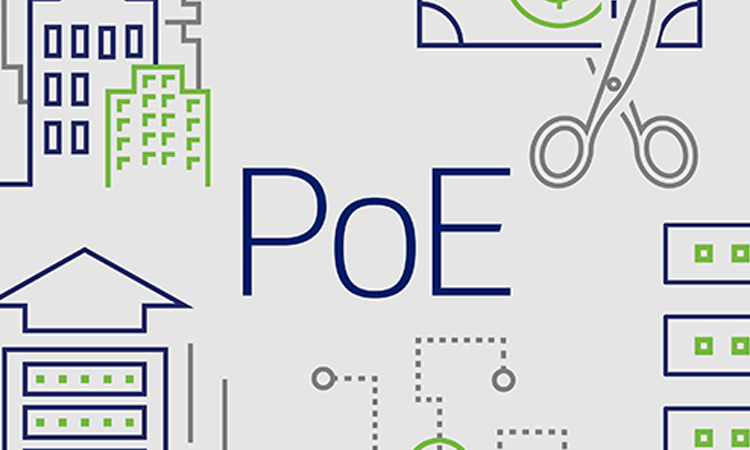Over the past decade, Power over Ethernet (PoE) has steadily increased its footprint in enterprise applications. This powerful technology is being deployed more and more often today thanks to the range of devices and applications that are compatible with PoE, as well as its convenience, ease of installation, and efficiency.
While PoE has already made inroads in the health care, retail, finance, commercial, office, security, and industrial sectors, high-power PoE is becoming increasingly popular across all enterprise markets. There are five key reasons for this growth.
1. Cost reduction
PoE offers faster deployment and a significant cost reduction compared with traditional cabling installations. This cost reduction isn't limited to cabling, but includes wiring installation supplies and components, as well as labor and maintenance. And with a single power and data cabling system to be maintained, rather than two separate systems, the total system operating cost also drops. In addition, PoE reduces power consumption.
2. Improved network control
Network system downtime is a big financial risk for businesses. The centralised control and simplified management capabilities of a PoE system can help reduce human error and network downtime during unplanned maintenance or disasters. PoE allows network administrators to continuously back up data from all devices on the network to a remote storage facility. And power sourcing equipment can be connected to an uninterruptible power supply (UPS) to prevent lighting, security, monitoring, and mission critical systems from losing power during a localised power outage.
3. Operational efficiency
PoE-connected devices, such as LED lights and sensors, are capable of collecting data on a number of environmental factors, including temperature, humidity level, ambient light, and room occupancy. PoE can also support advanced applications that use data gathered from employees' mobile devices or workspaces. This information can be used to make strategic business decisions for better space usage, improved staff management, and greater energy efficiency throughout a building.
4. Technology expansion
PoE is designed to support network growth and the integration of next-generation applications. PoE relies on a standardised RJ-45 connector interface across all networked devices. This allows data and power connections to easily be made anywhere in the enterprise with category-rated cable. This simplicity of device integration and low technology upgrade costs enable a business to add WAPs, advanced metrics-collecting devices, PoE lighting, and other upgrades to support new technology, such as the Internet of Things (IoT).
5. Future-proofed networks
PoE makes it less costly for an enterprise network to upgrade and expand over time. As an Ethernet-based protocol, PoE is inherently scalable. It can be expanded to meet the needs of a business as it grows. PoE systems can be designed to meet current and emerging standards in concert with a business' future network demands. Such a system will be able to handle the demands of next-generation applications, making the network reliably future-proofed.
Source: Leviton


